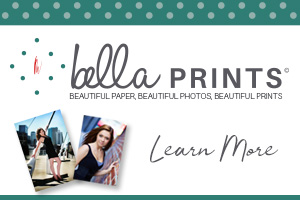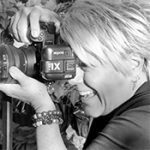Intro by Skip Cohen
A few years back Justin and Mary Marantz started a series of short technique posts called “Pancake Sessions.” They’re short, easy to understand and tie back to some of the techniques that have helped make them two of the industry’s best educators and wedding artists.
I’m convinced that wedding photographers, more than any other specialty, have some of the most difficult challenges when it comes to controlling their environment. As a wedding photographer, not only are you dealing with the emotion and stress of the day, but venues often less than perfect, especially when it comes to lighting. There’s very little that’s truly under your control except for your skillset.
In this archived Pancake Session, Justin and Mary take you through one of their most favorite topics, controlling the light. It’s also the mark of a true professional – getting the images you want when you don’t always have the right gear!

Today we want to talk a little about what to do when you find yourself in a situation where you need/want to use flash, but you don’t have a modifier with you or handy. I CAN’T stress this enough: we recommend using a modifier of some sort when you’re using a flash 99.9999% of the time. That’s because the larger the light source, the softer & prettier (and less obvious that it was flash!!) your light will be. Just using a flash on stand won’t give you that same effect (even if you do move it in pretty close to your subject). It is the use of those modifiers that go MILES in making flash look like natural light.
We always travel with our Profoto umbrellas & softboxes to modify our flash, and they are absolutely our go-to modifiers of choice! But on occasion, we will find ourselves in a situation where the modifiers are either still in the car or we need to shoot quickly and don’t have time to go grab them from wherever our stuff is at the reception.
Take this picture from Indhu’s bridal portraits. We had left the modifiers in the car because we have shot at the Biltmore before and it usually has gorgeous, abundant natural light. But on this day, in particular, it was really dark & cloudy outside, and we were in a room that was facing a darker side of the building.
We knew where we wanted to position Indhu as far as background & composition and now we just needed to add in some really great directional light to really make the portrait we were going for. Just the daylight alone coming in through the window to the right of Indhu just wasn’t cutting it. So what we decided to do was use that natural daylight that was there, but supplement it with our flash. We did have our SB900 with us in our bag even though our umbrellas were in the car.
Here’s what we did – Justin grabbed that flash and held it behind the sheer curtain in the window, using the sheer as a makeshift modifier. In addition to that, he also held that sheer out from the wall & the flash about two and a half feet (basically however long his arm would reach!) so the flash had to travel further before it hit the sheer, thus filling up a larger portion of the curtain and making a larger light source. The result is what you see above! The flash behind the curtain becomes our main light and the rest of the daylight pouring in becomes the fill.
So the next time you find yourself wanting/needing to use a flash and you either don’t own a modifier yet or don’t have one handy, look for some existing modifiers in the room you can use.
A few of our favorites are through a sheer curtain, through your reflector, or bouncing your flash off to the side and up at a 45-degree angle, thus turning the ceiling into your modifier while still bringing the light back in directionally making for that great dimensional light!
















